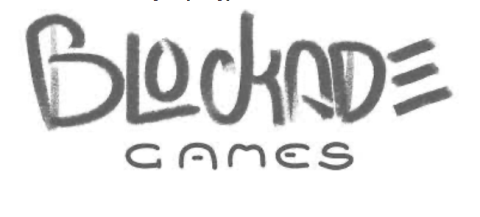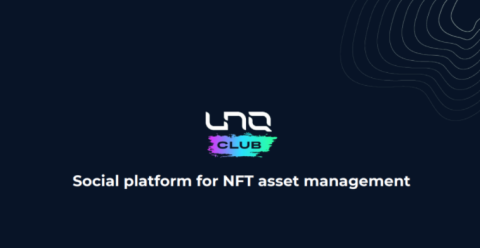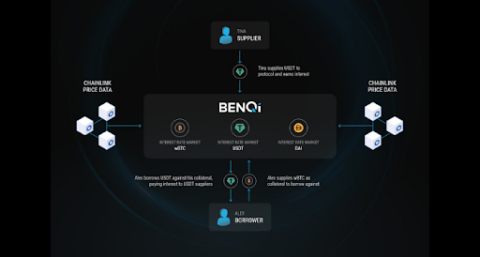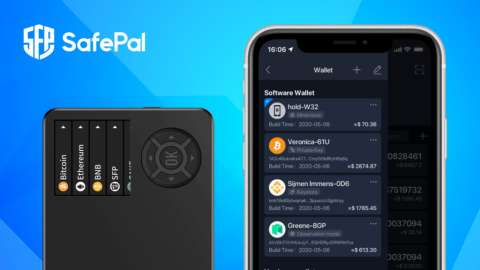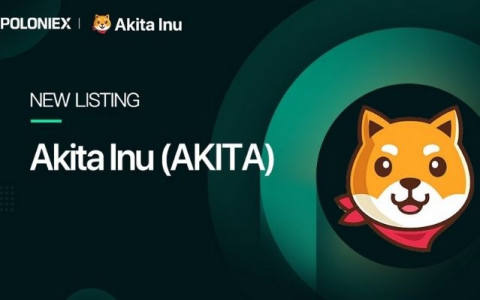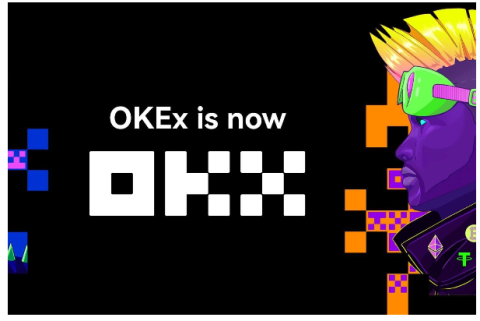What is thena? Discover the outstanding features of Thena and THE . token

Ngoài PancakeSwap, hệ sinh thái BNB Chain còn có một AMM khác có TVL đạt 150 triệu USD chỉ sau hai tháng ra mắt, dự án này được gọi là Thena.

Picasso is the infrastructure layer for enabling interoperable DeFi. As a Layer 1 project, Picasso acts as a cross-chain innovation hub as a parachain on the Kusama Network, while the composable parachain will host the pallets tested on Picasso.
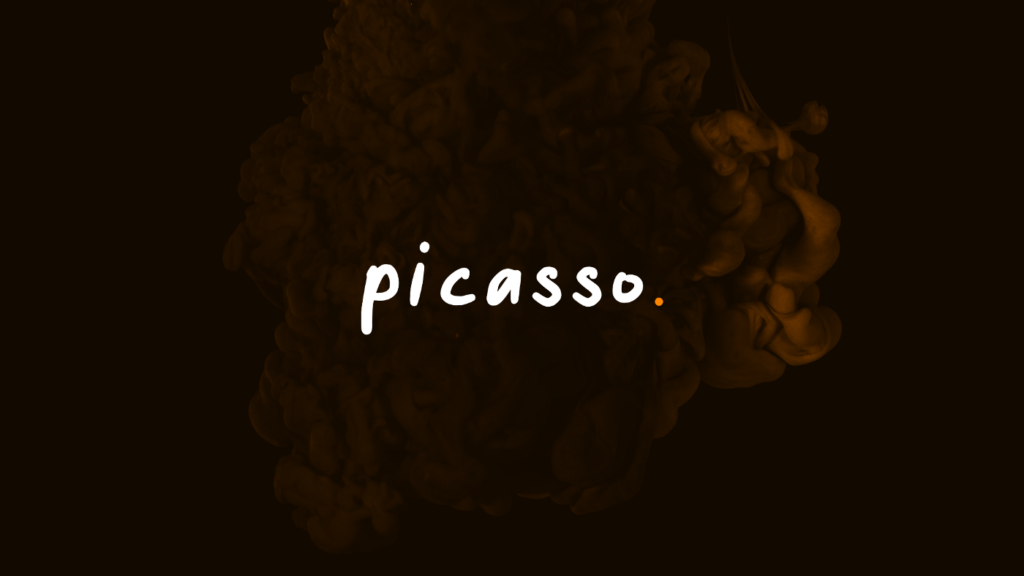
Composable and Picasso exist to accomplish a common purpose, to provide an infrastructure that enables supporting not only existing Decentralized Finance users, but also to support the next generation of users in Web3. However, for this to happen, we must abstract away the complexity of blockchain technology so that users don't even realize that they are using the technology. Picasso Network is looking to do this through the development of three core pillars:
The infrastructure that Picasso Network is building spans 2 parachains on both Polkadot and Kusama. To understand the reasoning behind this approach, it is necessary to understand the benefits of building on Kusama and Polkadot. We will learn together some familiar definitions in the Polkadot and Kusama ecosystems in the next part of the article.
Polkadot and Kusama are known as Relay Chains. They can also be considered “Layer 0” blockchains, as they do not host smart contracts or decentralized applications. Instead, they provide a solid foundation for other developers to build on. Developers wishing to deploy on one of the Relay Chains can do so by launching as a parachain.
Connected to these Relay Chains are application-specific blockchains called parachains.

There are many benefits to launching as a parachain on Polkadot or Kusama, including the following:
Pallets form the basis of a parachain. Pallets are block modules that can be used to build and customize a blockchain's runtime to suit a specific purpose.
Picasso is storing a powerful set of pallets, each of which has been adapted for use with assets derived from different blockchains. These pallets include:
The only cross-chain future suitable for mass adoption is one in which, when the experience is abstracted, users still hold their coins throughout their entire cross-chain interaction. For this reason, Picasso Network has chosen to help expand the reach of Inter-Blockchain Communication (“IBC”) to new ecosystems such as Substrate and NEAR. Centauri acts as a trusted bridge hub, and so the Picasso Network team developed it in a way that is scalable for any light-client-enabled blockchain. Centauri consists of the following parts:
With the infrastructure and communication in place, the Picasso Network can arrange cross-chain transactions through XCVM. This is done through:
The project team is also actively working towards creating new software development kits (SDKs) to enable the deployment of XCVM contracts from other blockchains. Currently, the team is working on 3 such SDKs:
Altogether, these three pillars provide developers on Picasso with exclusive access to DeFi's first cross-chain enabled playground for building modular applications. These modular applications are designed and are expected to be the first asynchronous, trustless, unattended cross-chain applications in DeFi's history.
Picasso will launch version 2 on December 27, which will focus on implementing Pablo pallets and opening XCM channels to enable the creation of the first liquidity pool for Pablo, Picasso Network's cross-chain DEX. The update will also include the PICA token generation (TGE) event, Picasso's native token and the launch of the KSM/USDT, PICA/USDT and PICA/KSM liquidity pools as well as the ability for users to swap and provide liquidity. for pool.

Users will be able to transfer assets from Kusama and Statemine
Pablo will be put on the Picasso parachain, at which point the first three liquidity pools will be created including:
KSM/USDT
PICA/USDTILLION
PICA/KSM
Users will be able to swap and provide liquidity across all three pools. Pablo's interface will be described as shown below.
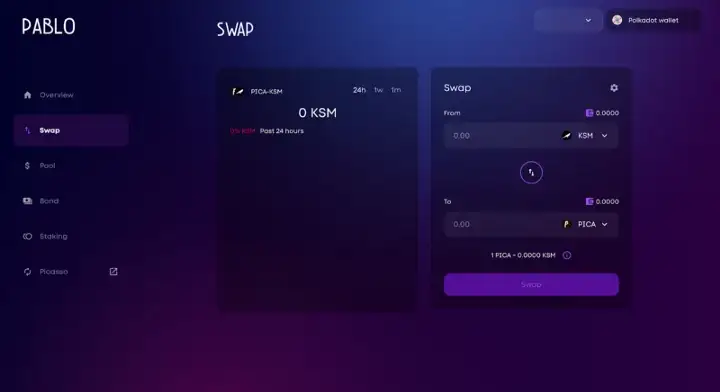
The allocation of Picasso's native token (PICA) is depicted in the figure below, with a transferable crowdloan reward:
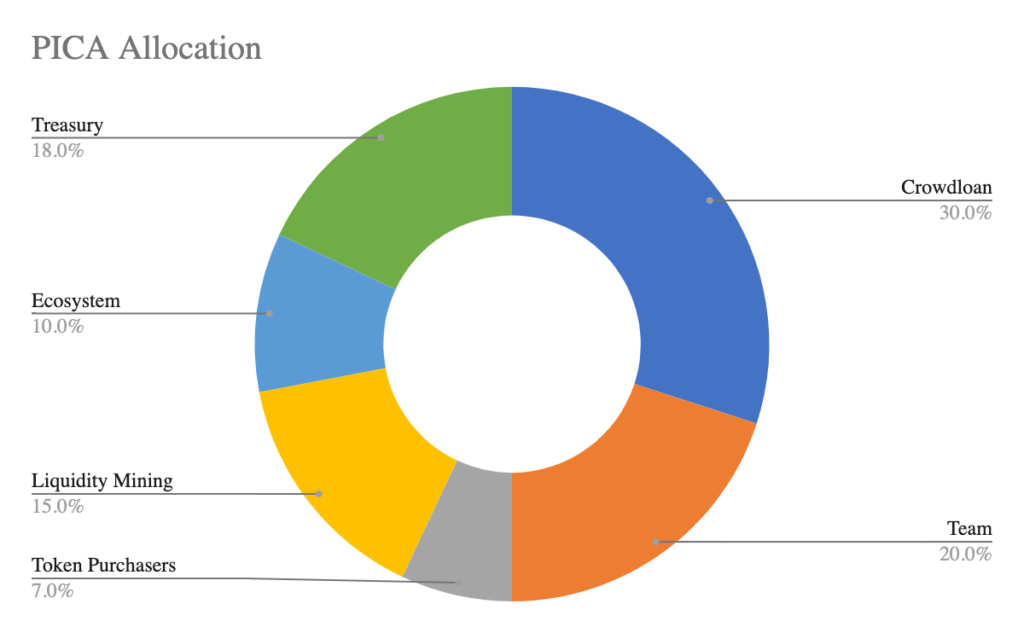
The total supply of PICA is 10 billion tokens. The distribution of PICA tokens is intended as follows:
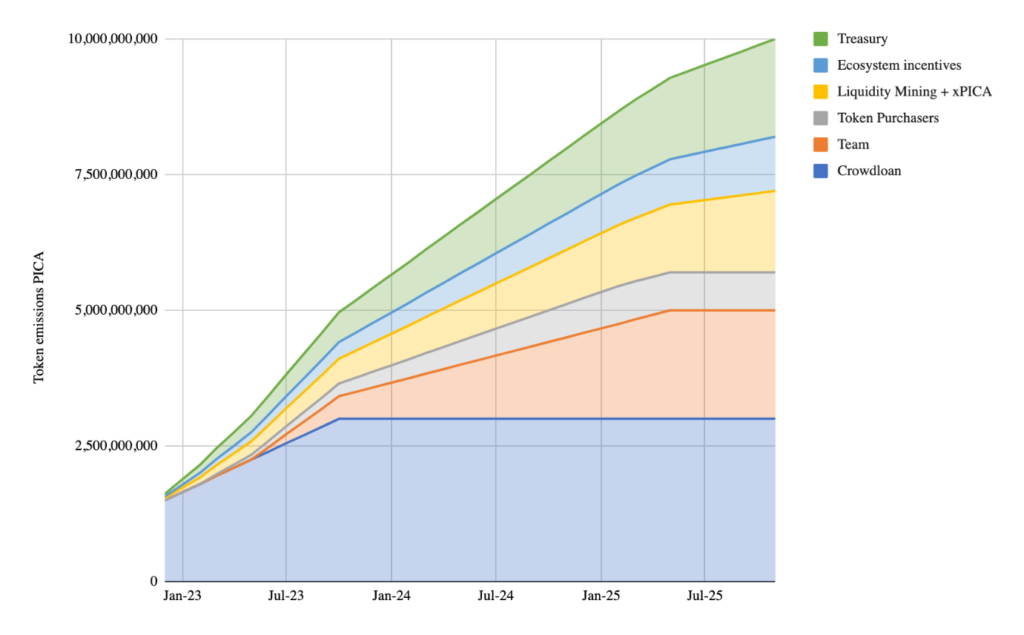
Version 3 will introduce Finance NFT (fNFT) called xPICA which can be obtained by locking PICA for different time periods. xPICA is an fNFT that represents a time-weighted PICA staking position. This fNFT acts as a coupon, coupon holders can collect rewards and exchange xPICA for the underlying staked PICA at the end of the lockup period. xPICA is freely tradable, a powerful alternative to other time-weighted staking positions. This method allows users to exit their positions early if they choose to sell to another user, who will then inherit the benefits of holding xPICA fNFT.
Version 4 is a significant step forward for the Picasso Network's IBC bridging efforts as it will introduce the Picasso Network's KSM/DOT bridge. This will mark the first instance of IBC deployment outside of the Cosmos ecosystem as well as the first bridge between Relay Chains Kusama and Polkadot. By making this connection, Composable is opening the door to liquidity pairs like DOT/KSM, DOT/PICA and DOT/USDT.
Ngoài PancakeSwap, hệ sinh thái BNB Chain còn có một AMM khác có TVL đạt 150 triệu USD chỉ sau hai tháng ra mắt, dự án này được gọi là Thena.
Blockade Games provides a platform that allows developers to create blockchain games. In addition, Blockade Games also creates many interesting free games.
UNQ Club is a project that provides a blockchain platform that allows investors to collect and manage existing NFT assets.
BENQI is one of the important pieces of the Avalanche ecosystem. Join TraderH4 to find out what BENQI (QI) is as well as detailed information about the QI token.
In addition to a cryptocurrency storage wallet, SafePal is also known to many investors for its SFP tokens and airdrop events with attractive rewards.
The fever from Akita Inu in the Crypto market in the past time has created a great buzz along with the rapid development of the "dog house token".
What is IoTeX? This is a blockchain built and developed in conjunction with the Internet of Things (IoT). Join TraderH4 to learn this article.
What is OKB? OKB is an exchange coin of OKX and the OKX Chain blockchain. Let's learn about OKX and OKB exchanges with TraderH4 in this article.
DROPP GG brings an innovative and novel idea to provide an NFT mint platform based on geographies outside of the real world.
CronaSwap is a DEX built on Cronos Chain, which has a similar model to Uniswap.
